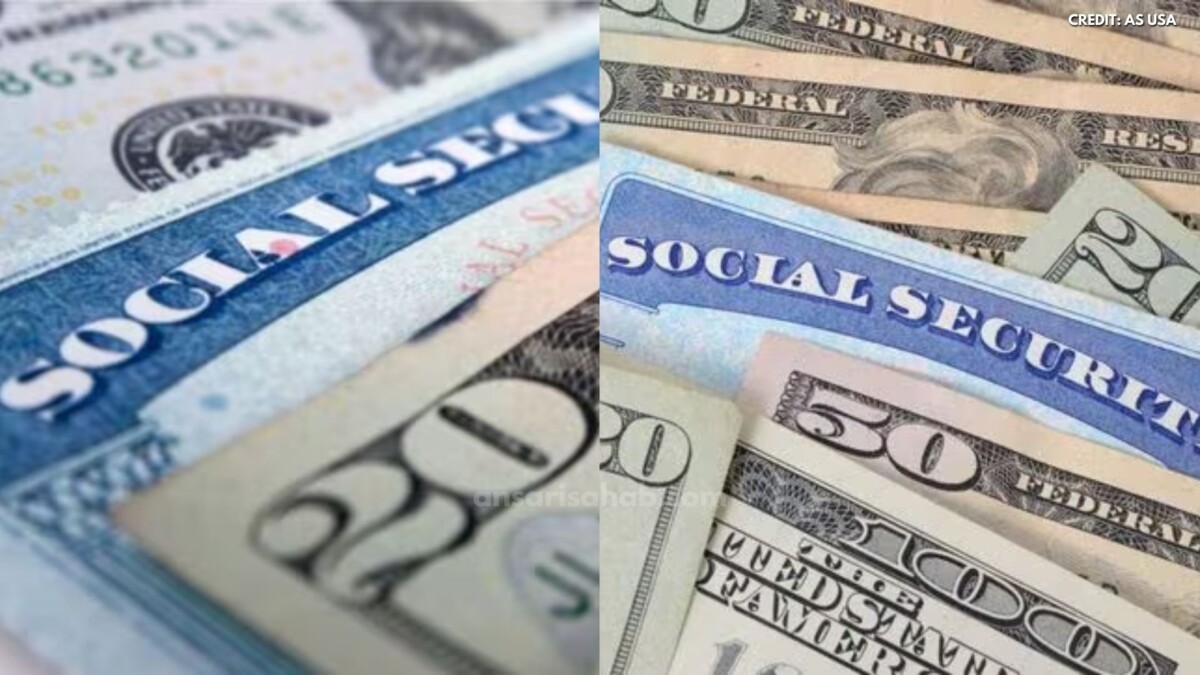U.S. consumers are entering 2025 burdened by record levels of credit card debt, and escalating interest rates are intensifying the strain—forcing shifts in spending, payments and borrowing behavior. Aggregate revolving credit picked up sharply amid average annual percentage rates (APRs) for cards surpassing 21 percent. According to the Federal Reserve Bank of New York, total household debt climbed to about $18.2 trillion in the first quarter of 2025, with revolving credit (primarily credit card debt) contributing significantly.
Rising obligations as interest rates bite
Credit card debt in the U.S. stood near $1.18 trillion in the first quarter of 2025, despite a modest reduction from the prior quarter—marking still a 6 percent year-over-year increase. Meanwhile, average APRs for active accounts accrue interest at over 21.37 percent and soar even higher for those carrying balances. The result: more of each dollar charged goes toward interest rather than principal payoff. One study by the Federal Reserve Bank of St. Louis shows the share of credit card debt 30 days delinquent reached 14.1 percent in Q1 2025, with even steeper rates among low-income ZIP codes.
These elevated rates stem from a combination of monetary policy and underwriting realities. Research from the Federal Reserve Bank of New York indicates that interest-rate spreads on credit cards average 14.5 percentage points over base costs, meaning borrowers—even those with higher credit scores—are paying elevated costs.
How consumer behaviour is changing
The climb in credit card debt and interest has led consumers to alter habits in several measurable ways:
- Reduced discretionary spending: Retail-card issuers and payment networks report fewer big-ticket purchases and more frequent minimum payments or payments just above minimums. Analysts flagged this trend in a March 2025 report by Synchrony Financial.
- Slower growth in new card debt: While revolving credit rose to around $1.32 trillion in Q1 2025 (a 2.98 percent year-over-year increase), the pace of growth has decelerated from earlier years when growth exceeded 8–10 percent.
- Increased focus on payoff and lower-rate transfers: With higher interest costs, more cardholders are exploring balance-transfer offers or putting priority on cards where they can pay off principal rather than just interest. Financial counsellors note this is especially common among borrowers who carried balances before rates went up.
Expert insights: implications of this debt surge
Financial-services observers highlight two intertwined concerns. First, even well-behaved borrowers may struggle with interest creep: when a typical card APR is 21 percent, any unpaid balance accrues roughly $210 in interest for every $1,000 outstanding per year before principal reduction. Second, the rising debt load and interest costs are magnified for lower-income households, where margins are tighter and disruptions (job loss, medical bills) hit harder. The St. Louis Fed analysis found that delinquency increases were far sharper for the lowest-income deciles of ZIP codes.
Credit card debt in the U.S. has hit record highs in 2025. Learn how rising interest rates are reshaping consumer habits and what it means for your finances.Industry data emphasises that while total debt has increased, payment difficulties are mounting: account transitions from current to delinquency on credit cards edged up in Q1 2025. One key takeaway from these experts: with rising costs of borrowing, having a credit card debt balance is riskier—and paying just the minimum on a high-APR balance can lead to years of interest payments, little principal reduction, and a growing financial drag.
What it means for everyday Americans
For the average cardholder, the elevated cost of debt and changing habits mean several practical implications:
- Higher payment burdens: With card APRs above 20 percent and balances averaging near $8,000 (according to recent estimates), monthly interest alone can exceed $130 if paid minimally, delaying payoff substantially.
- Reduced financial flexibility: As more income must go toward debt servicing, households may reduce spending on essentials, postpone savings or emergency-fund builds, and become more vulnerable to shocks.
- Importance of payoff strategies: Experts recommend targeting the highest-APR card first (avalanche method) or small-balance cards for quick wins (snowball method). With interest costs high, every dollar carving into principal rather than interest pays higher dividends.
- Seeking lower-rate alternatives: For borrowers with good credit, transferring a balance to a 0 percent introductory rate card or consolidating via a personal loan may save substantial interest over time—though careful qualification and fee evaluation are essential.
- Being mindful of new purchases: With high interest curves, it’s increasingly risky to carry revolving balances for new purchases. Paying off new charges in full each month becomes a more critical habit.
The bigger picture: economy and risk
On a macro scale, credit card debt growth and high borrowing costs signal two things: first, that consumer leverage remains elevated, and second, that households are facing tighter margins. The Federal Reserve’s Financial Stability Report flagged borrowing by households as an area to watch, noting credit-card and auto-loan delinquencies remain somewhat above historical medians.
Persistent high levels of credit card debt mean that an economic downturn, employment shock or inflation spike could push more borrowers into serious delinquencies or defaults. The St Louis Fed data shows growth in delinquency concentrated among lower-income segments—raising concerns about uneven credit risks across the population.
Conclusion
Credit card debt in the U.S. is high and rising, and with interest rates locked in at elevated levels, the burden on consumers is increasing. The typical cardholder carrying a balance is likely paying more just to sustain their account rather than reduce it. The smart response for many consumers: avoid charging new purchases unless the balance will be cleared, focus on paying down high-APR debt first, weigh consolidation options carefully, and recognise that when interest costs go up, the cost of maintaining credit card debt goes up too. As the environment for credit becomes less forgiving, disciplined habits and strategic payoff planning matter more than ever.









